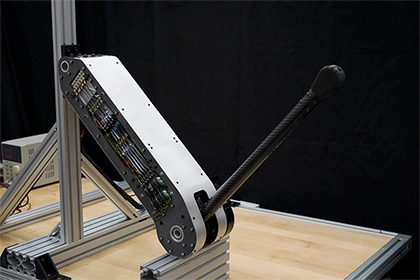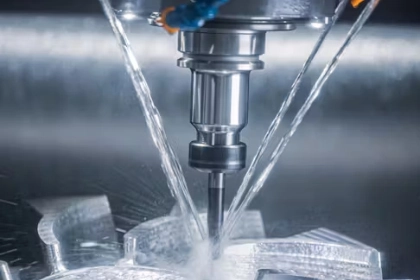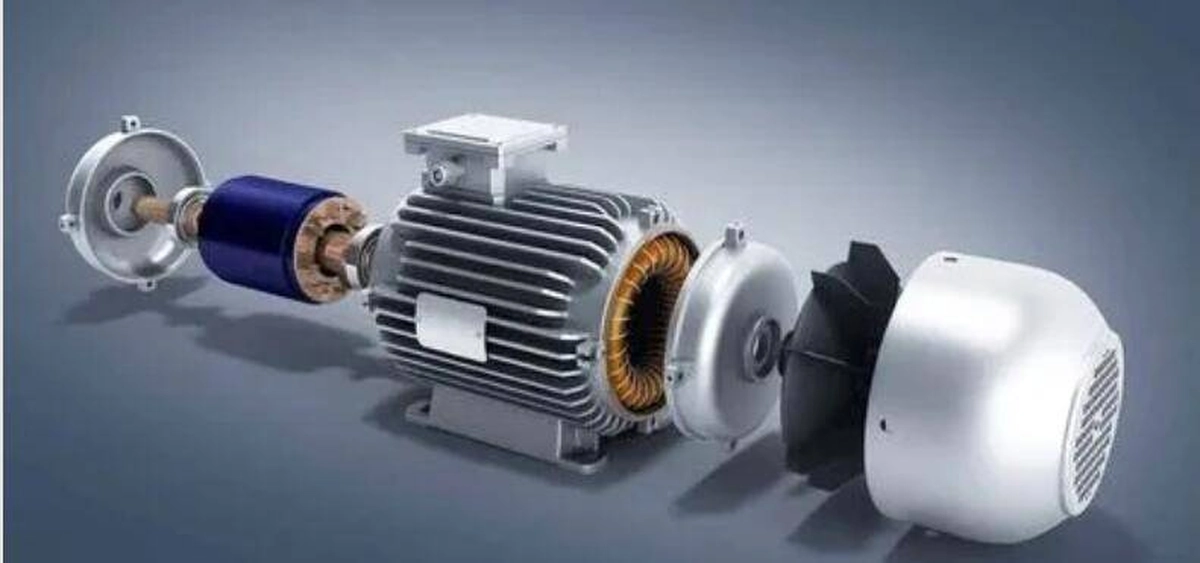- +86 19149417743
- Zhengzhou, Henan Province, China
- Mon-fri: 8am - 7pm
Get a quote

A stepper motor is an electromagnetic actuator that converts digital input pulses into rotational or linear incremental motion. Each time a pulse is input, the motor shaft steps by one step angle increment. The total rotation angle of the motor is proportional to the number of input pulses, and the corresponding rotation speed depends on the input pulse frequency.
Stepper motor is one of the key components in mechatronics products and is usually used for positioning control and fixed speed control. Stepper motors have the characteristics of low inertia, high positioning accuracy, no cumulative error, and simple control. Widely used in mechatronics products, such as: CNC machine tools, packaging machinery, computer peripherals, copiers, fax machines, etc.
When selecting a stepper motor , first ensure that the output power of the stepper motor is greater than the power required by the load. When selecting a power stepper motor, you must first calculate the load torque of the mechanical system. The torque-frequency characteristics of the motor can meet the mechanical load and have a certain margin to ensure reliable operation. In the actual working process, the load torque at various frequencies must be within the range of the moment-frequency characteristic curve. Generally speaking, a motor with a large maximum static moment Mjmax has a large load torque.
When selecting a stepper motor, the step angle should match the mechanical system so that the pulse equivalent required by the machine tool can be obtained. In order to have a smaller pulse equivalent during the mechanical transmission process, firstly, the lead of the screw can be changed, and secondly, it can be accomplished through subdivided driving of the stepper motor. But subdivision can only change its resolution, not its accuracy. Accuracy is determined by the inherent characteristics of the motor.
When selecting a power stepper motor, the load inertia of the mechanical load and the starting frequency required by the machine tool should be estimated to match the inertia frequency characteristics of the stepper motor with a certain margin, so that the highest speed continuous operating frequency can meet the requirements of the machine tool. The need to move quickly.
Selecting a stepper motor requires the following calculations:

 2024-08-30 16:01:40
Engineering
2024-08-30 16:01:40
Engineering
 2024-07-26 14:09:13
Engineering
2024-07-26 14:09:13
Engineering
 2024-07-18 09:42:00
Engineering
2024-07-18 09:42:00
Engineering